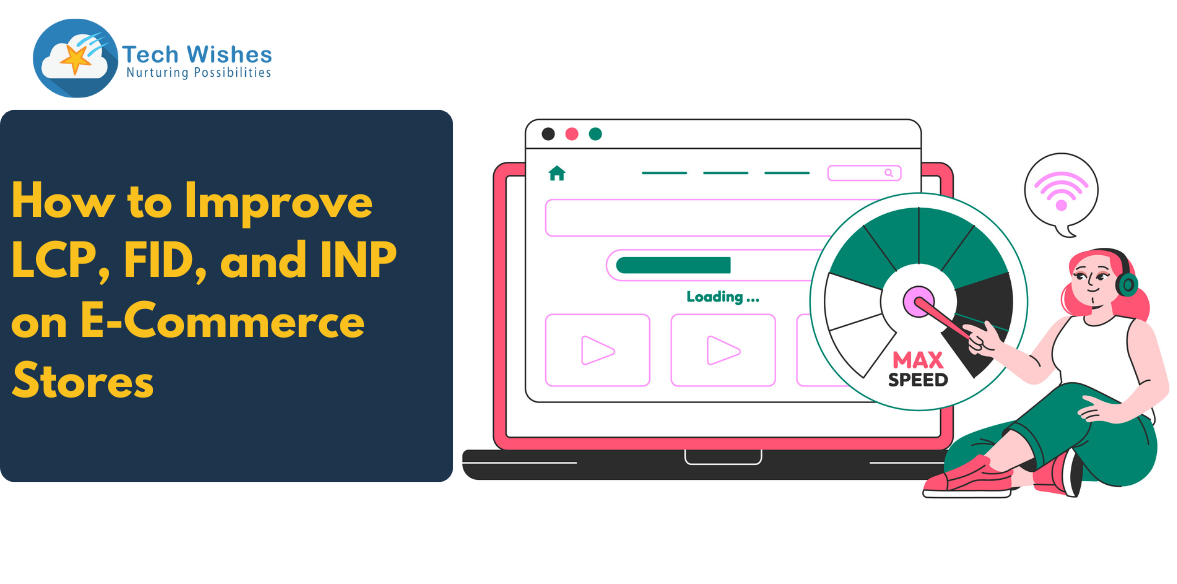Staying ahead of the competition in the dynamic and ever-changing world of e-commerce involves ongoing innovation and adaptation. The visibility of your online store is crucial for drawing clients and increasing conversion rates. Redesigning your Shopify store effectively can revitalize your brand, improve customer experience, and eventually increase your revenue. In this thorough tutorial, we'll delve into priceless advice and techniques that will help you improve your internet visibility and surpass your rivals.
Here are 12 Steps to Revamping your Shopify Store
1. Conduct a Thorough Store Audit
Before embarking on the redesign journey, it's crucial to conduct a meticulous audit of your current Shopify store. Identify pain points, bottlenecks, and areas where user experience can be enhanced. Evaluate the visual aesthetics, navigation flow, and overall functionality. This audit will serve as the foundation upon which your redesign efforts will be built.
2. Define Your Brand Identity
A successful redesign should align seamlessly with your brand identity. Clearly define your brand's values, mission, and unique selling propositions. Incorporate these elements into your website's design, colour palette, and content. Consistency in branding not only fosters recognition but also instils trust and confidence in your audience.
3. Optimize for Mobile Responsiveness
In the age of smartphones, a mobile-responsive website is no longer a luxury – it's a necessity. Google's algorithm prioritizes mobile-friendly websites in search results, making mobile optimization a critical aspect of your redesign strategy. Ensure that your Shopify store is responsive across various devices and screen sizes.
4. Streamline Navigation
User experience hinges on seamless navigation. A cluttered and confusing navigation menu can lead to high bounce rates. Simplify your menu structure, categorize products logically, and implement a prominent search bar. Intuitive navigation enhances user satisfaction and encourages longer browsing sessions.
5. Prioritize Page Loading Speed
Page loading speed is a pivotal factor not only for user experience but also for search engine rankings. Slow-loading pages can deter visitors and negatively impact your SEO efforts. Optimize image sizes, leverage browser caching, and invest in reliable hosting to ensure swift page loading times.
Hire dedicated Shopify Developers for Shopify Page Speed Optimization…
6. High-Quality Visuals
In the realm of e-commerce, visuals are everything. Invest in high-quality product images and consider integrating videos where applicable. Visual content has the power to captivate visitors and provide them with a closer look at your offerings. Crisp and appealing visuals can significantly influence purchasing decisions.
7. Compelling Product Descriptions
Your product descriptions should be more than just lists of features. Craft compelling narratives around your products, highlighting their benefits and how they can solve customers' problems. Use persuasive language, and incorporate relevant keywords naturally to enhance both user engagement and search visibility.
Read: Guide to Shopify Product Descriptions That Sell
8. Implement Customer Reviews and Testimonials
Build trust and credibility by showcasing genuine customer reviews and testimonials. Positive feedback acts as social proof, reassuring potential buyers about the quality of your products and services. Consider implementing a review section on each product page and prominently displaying overall ratings.
Read: The Importance of Customer Reviews for Your Shopify Store
9. Integrate Social Proof and Urgency
Scarcity and urgency can be powerful motivators for conversion. Incorporate elements such as limited-time offers, countdown timers, and stock availability indicators. Additionally, display social media share counts to showcase your products' popularity and widen their reach.
10. Leverage SEO Best Practices
While our focus here is on quality content, it's worth mentioning a few SEO best practices. Conduct keyword research to identify relevant and high-performing keywords for your industry. Integrate these keywords naturally into your product descriptions, blog posts, and meta tags. A well-structured URL hierarchy, internal linking, and the use of descriptive alt text for images can further enhance your site's search visibility.
Read: SEO Strategies for E-Commerce
11. Simplify Checkout Process
A convoluted checkout process can lead to cart abandonment. Simplify the steps required for customers to make a purchase. Implement a guest checkout option, minimize form fields, and provide multiple payment gateways for convenience.
Read: Shopify One-Page Checkout
Conclusion
In the competitive realm of e-commerce, a well-executed Shopify store redesign can be a game-changer. By conducting a thorough audit, optimizing for mobile responsiveness, prioritizing user experience, and implementing SEO strategies, you can elevate your online presence to new heights. Remember, your website is a reflection of your brand – ensure it captivates, engages, and converts visitors effectively.



